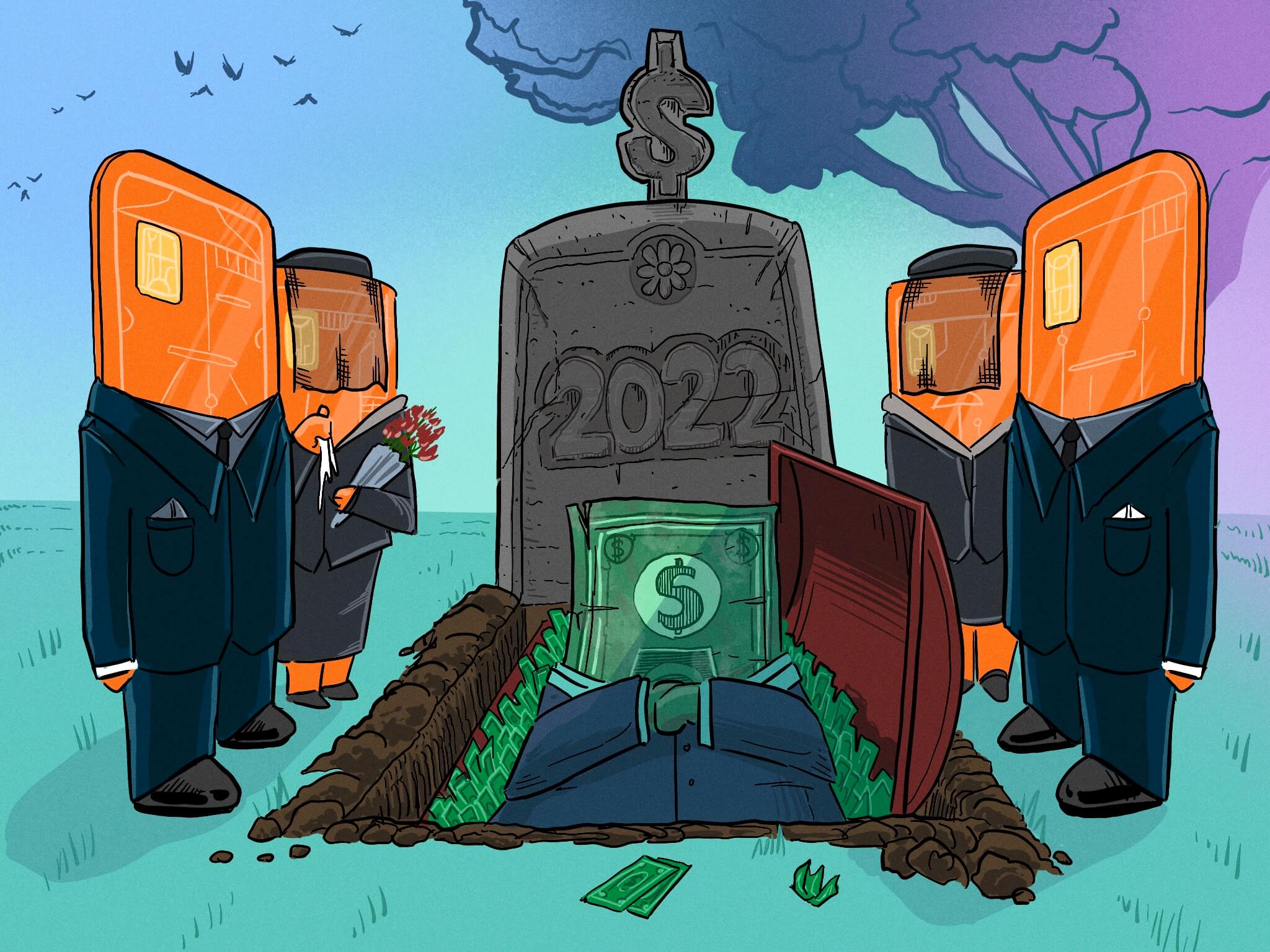The farewell of cash

The moment that many of us expected and others feared has probably arrived. We are passing through the farewell of physical money as we knew it. Banknotes have been becoming retro and unnecessary for emerging generations and, consequently, also for businesses and companies looking for more growth and digital innovation.
A few days ago, signs saying “We are going cashless!” started to appear on the doors of Starbucks (NASDAQ: SBX) stores in the UK, stating that the company will start operating only with debit/credit cards, contactless and Starbucks’ Rewards payments app.
Many customers have been puzzled by this move, but on this occasion, it is worth asking: why are we so attached to cash and fiat currency? We know that the unknown is a great challenge for society, but from barter to virtual money, our priority has always been to have a means of payment. Today, technology has provided us with simpler and more logical management for the evolution of this commercial exchange at a global level.
Perhaps the most basic way to understand this situation is to do the basic exercise of looking for our physical wallet, taking a bill and asking ourselves: are these prints durable? Is cash hygienic? Is this medium a guarantee of integrity? Can it be trusted? We can ask ourselves many questions as users of the much-manipulated banknote. The truth is that, when comparing virtual money’s qualities, we can notice that physical money has been at a clear disadvantage for a long time.
Undoubtedly, methods such as the digital wallet, wearable devices (e.g. a smartwatch) or Fintech have gained their deserved space in the commerce race. For example, brands such as Starbucks (NASDAQ: SBX) and Uber (NYSE: UBER) have been designing and implementing platforms that allow their customers to interact without the need to handle cash for simple everyday purchases for several years now.
Undoubtedly, recent global events have also made us reflect on contact and its consequences. According to Prosper Insights & Analytics, at least 30% of every generation prefers to make contactless payments in their daily lives.
Obviously, leaving our homes feeling light and without the risk of losing cash is also a big plus. Less paper helps the environment. Technologically, we’re leveraging innovation in both Fintech and our everyday experience. And undoubtedly, avoiding the hand-to-hand passing of the bill prevents the undesirable transmission of bacteria or dirt.
Another huge case has been MercadoLibre Inc (NASDAQ: MELI) and Amazon Inc (NASDAQ: AMZN) in their different regions. Speaking specifically of Latin America, today, you can use electronic payment platforms such as MercadoPago or Ualá to buy chocolate at a kiosk or pay for services via NFC without difficulty.
So much so that the MasterCard Inc (NYSE: MA) New Payments Index 2022 report indicates that in Latin America, digital transactions are increasingly consolidated: 95% of respondents expect to use at least one digital payment method in 2022.
The presence of innovation is so imminent that the world’s largest asset exchanges are beginning to offer cards for users to manage their money freely in the current market. The efficiency, speed, simplicity and security of exchanges have become essential, driving the technological development of each country.
Undoubtedly, part of the fear has been lost because technology has made us more competitive. The world has changed, and the benefits of digital payment are increasingly tangible. It is true that, like any process of change, it will take years. However, it is estimated that by 2025 the use of cashless payment methods will increase by 80% globally.
The transformation is imminent, but we will have to open our bets as to the exact date of the banknote’s extinction, as this will ultimately depend on the intention and projection of each society and its consumers.
